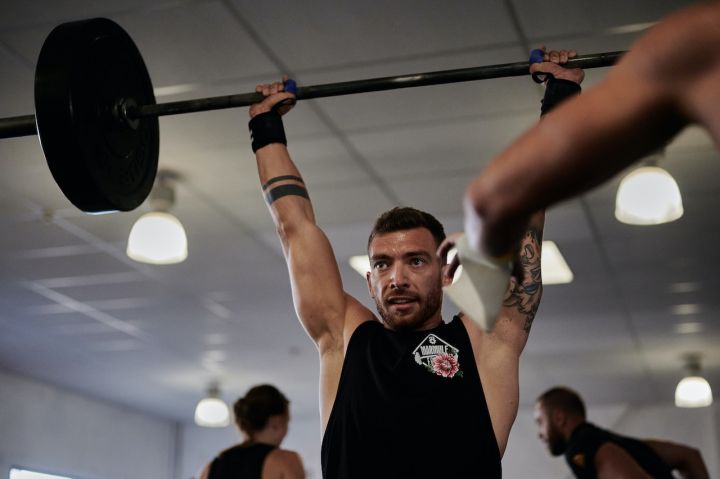4 Moves To Brutally Abuse Your Buttocks And Legs, Making Your Legs As Stable As a Pile Driver
When we are in the early stages of fitness we don't set our own goals and often follow in the footsteps of the fitness gods around us, watching what they do and following what they do. This is not a good way to get fit, although it is not a bad idea to change movements, but you need to change the way you train at the right time. That's why at the beginning we need to take one step at a time, work on one part and then work on the next part and make changes to the way we train.

Most gym goers start working out with the intention of getting a perfect body, which is why we should train in a way that is fat loss + shaping. Aerobic total body training is recommended for fat loss, but when the weight drops to a certain level, aerobic training alone will not meet our needs, so it is time to gradually shift the focus to strength training. Strength training is not just about building muscle strength, it also has a fat burning effect, but it is low compared to aerobic training.

Regular strength training is a great way to compensate for genetic deficiencies, such as flattened hips, and to strengthen our bones and prevent osteoporosis. In addition to strengthening our bones and preventing osteoporosis, the glutes and legs play a significant role in the overall fitness process. By shaping the buttocks and legs, we can not only make the buttocks muscles tighter and more upright, but also improve the hip line to give people a feeling of long legs visually, and by training the buttocks and legs well when we are young, our legs will still be as fit as ever when we get older.

So how should we choose among the many training movements? Don't worry, we will recommend four movements. If you are not able to use a barbell, you can use dumbbells or other weights instead, and you can train with your bare hands. If necessary, you can use elastic bands to help you.
Exercise 1: Barbell squat

It is said that there is no squat without leg training, and this is true. The effect of squatting on the buttocks and legs is undeniable. Start with your legs shoulder-width apart, straighten your back and contract your abdomen, place the barbell over your shoulders and hold it in place with your hands. Move your hips back and bend your legs into a squat, stopping when your legs are vertical, then rise and return. Be sure to keep your knees and toes in the same direction during the squat to prevent knee injuries.
Action two: Elastic band deep squat jump

Adding an elastic band to the classic deep squat jump adds an inward resistance to the sides of the thighs and can effectively tighten the thighs. Start with your legs apart, arms naturally down, straighten your back and contract your abdomen to stand naturally, fixing the elastic band above your knees. Then move your hips back in a squatting motion while bending your elbows in front of your body. When your thighs are parallel to the ground, jump upwards with your legs and straighten your arms backwards. Cushion your landing and then perform the exercise in succession.
Movement 3: Single leg weighted hard pull

This exercise requires a high level of balance and has a significant effect on the body. Start by holding a weight (barbell, kettlebell or dumbbell) with both hands in front of your body. One leg is slightly bent so that the foot is off the ground and the other leg is straight and supported on the ground. Then lift the slightly bent leg backwards while bending the upper body forward until the body is in a "T" Shape, pause and then return.
Movement 4: Dumbbell arrow squat

The arrow squat is also a good choice for exercising the leg muscles. First stand naturally, straighten your back and contract your abdomen, hold a dumbbell in each arm and drop it naturally on both sides of your body. Then extend one leg out to the back in a lunge position and bend the front leg at the same time to squat down. When the thighs are parallel to the floor, pause and then return to the position. Keep your back straight at all times and don't squat too far without your knees touching the ground.
